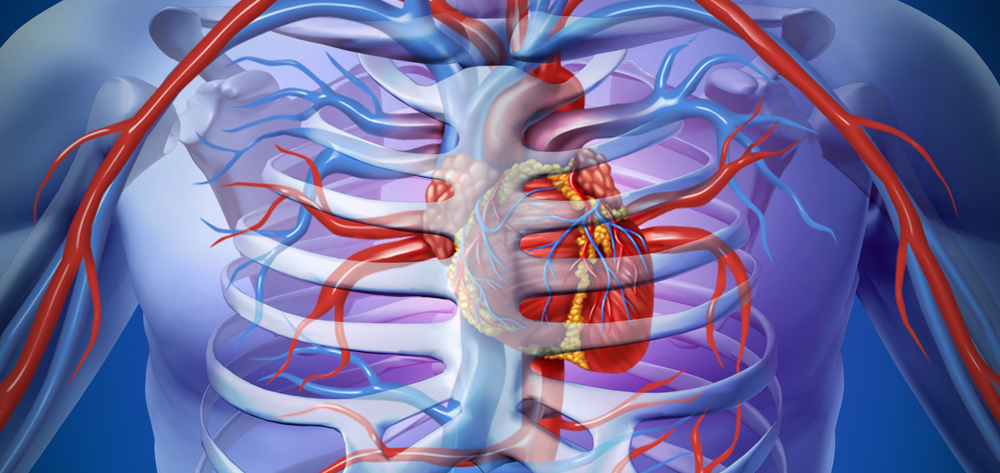How many of you remember basic anatomy and physiology from nursing school? It was one of the first courses required as a foundation before taking other courses. Let’s do a quick review of a crucial muscle in the body—the heart. The heart is responsible for sending blood to the lungs for reoxygenation and then sending newly oxygenated blood to the body. The process continues every second, if not more frequently, based on what the body needs. There is an important aspect in the midst of that process: Before the heart sends the newly oxygenated blood to the body, it takes care of itself by channeling the oxygenated blood to the coronary arteries. This is an important basic anatomy concept for nurses because, much like our hearts, we need to take care of ourselves before we can effectively take care of others.
We are fortunate that nurses had this basic understanding and were inspired to lead and develop ANA’s National Center for Nursing Quality (NCNQ®) along with its measurement program, the National Database of Nursing Quality Indicators® (NDNQI®). NCNQ’s mission is to be the foremost advocate for nursing quality and patient safety. It’s what I consider the “go to” center, regardless of where you work as a nurse. While we currently may not have all the data we need for all practice settings, the NCNQ can facilitate future data development, collection, and reporting through our collaborative relationships. It is a nurse-run center for nurses.
ANA was doing this quality measurement work long before it was considered trendy. I remember when ANA first came out with the initial 21 nursing measures. My chief nursing officer asked me about them and what they were all about. ANA’s work was an awakening for the profession and served as the 911 call needed to identify our unique contributions to patient outcomes. We now have the opportunity to take the information we’ve learned regarding our nursing measures and use it to focus on an evidence base to make decisions.
NCNQ was relaunched in January 2009 to celebrate its ongoing work, bring increased visibility to the public, and make sure nurses were aware of this valuable resource (www.ncnq.org). NCNQ differs from other quality programs in that it’s completely focused on, and led by, nurses. Its activities include nursing quality and patient safety advocacy at national tables, such as the National Quality Forum (NQF), Stand for Quality, and National Priorities Partnership. Its research activities include measurement development and promoting NDNQI data access through the NDNQI Research Council. That Council is in the process of outlining a way for researchers to submit research proposals for NDNQI data access. Requirements and review criteria will be identified. If the Council approves the proposal, researchers will be able to use NDNQI data for their research projects. Once the new process is finalized and launched, we will post it on the NCNQ website. Measurement activities in NCNQ include submission of nursing measures to NQF for endorsement in their nursing-sensitive care set and measure reporting to hospitals, systems, and states through NDNQI.
Other programs available for nurses wishing to advocate for themselves include Safe Needles Save Lives, Safe Staffing Saves Lives, and Safe Patient Handling. Educational mediums for learning about successful nursing quality improvement practices include the publications Transforming Nursing Data into Quality Care (2007) and Sustained Improvement in Nursing Quality (2009) and the annual data use conference scheduled for January 27 to 29, 2010, in New Orleans.
NCNQ helps nurses advocate for themselves by providing key resources to engage in discussions on staffing, the nursing work environment, the nurse’s impact on patient outcomes, and various aspects that validate what you see in practice. Having this resource will help any nurse to do his or her job, regardless of setting, type of patient, or facility size. As ANA grows NCNQ, please search our website for anything new and pass it forward. Don’t forget to tell us what you’re interested in and what you need.
As I reflect back on our heart example, I am reminded that we shouldn’t be fooled or distracted by the absence of symptoms. We need to make sure we’ve taken care of ourselves first, just as the heart does. Remember—you need to be able to care for yourself before you can care for anyone else.
Rebecca M. Patton, MSN, RN, CNOR
President
American Nurses Association


















